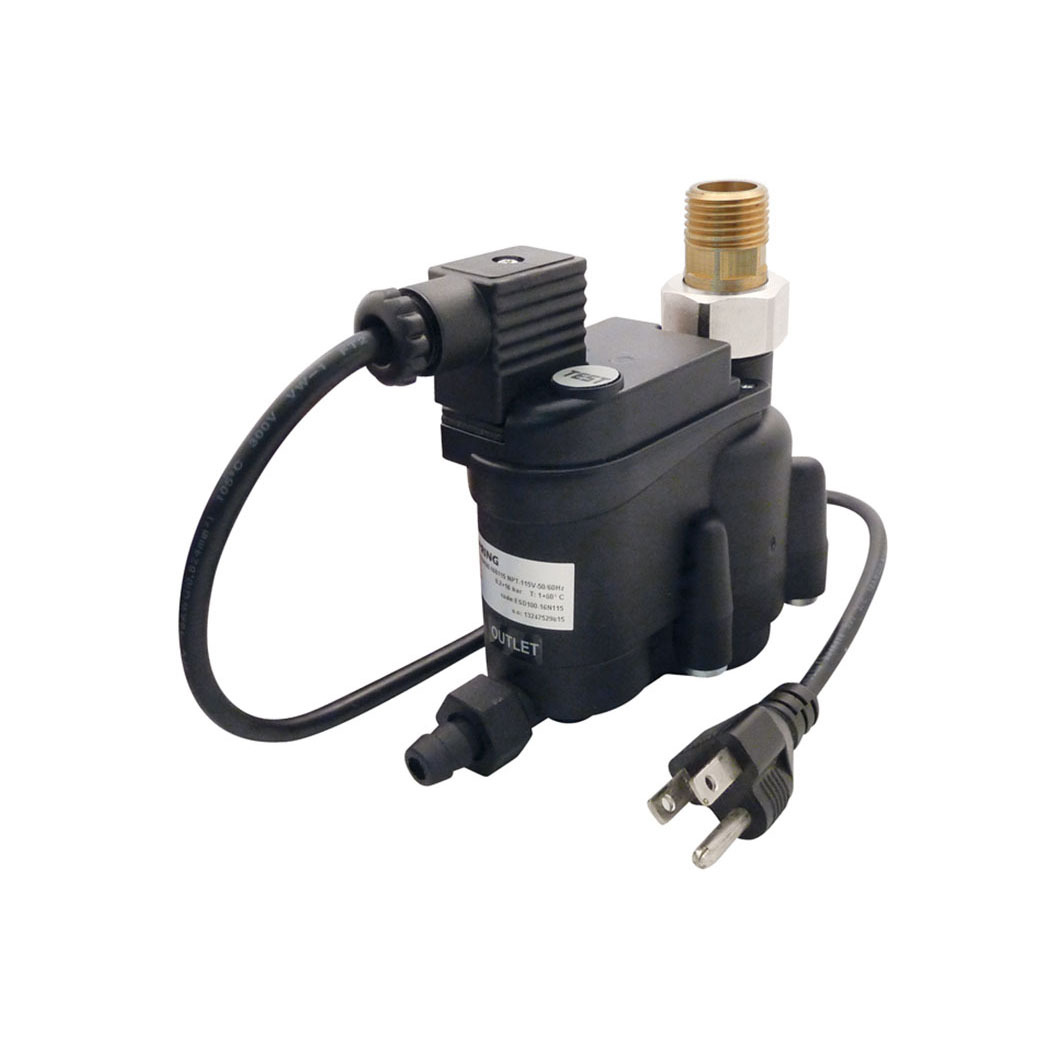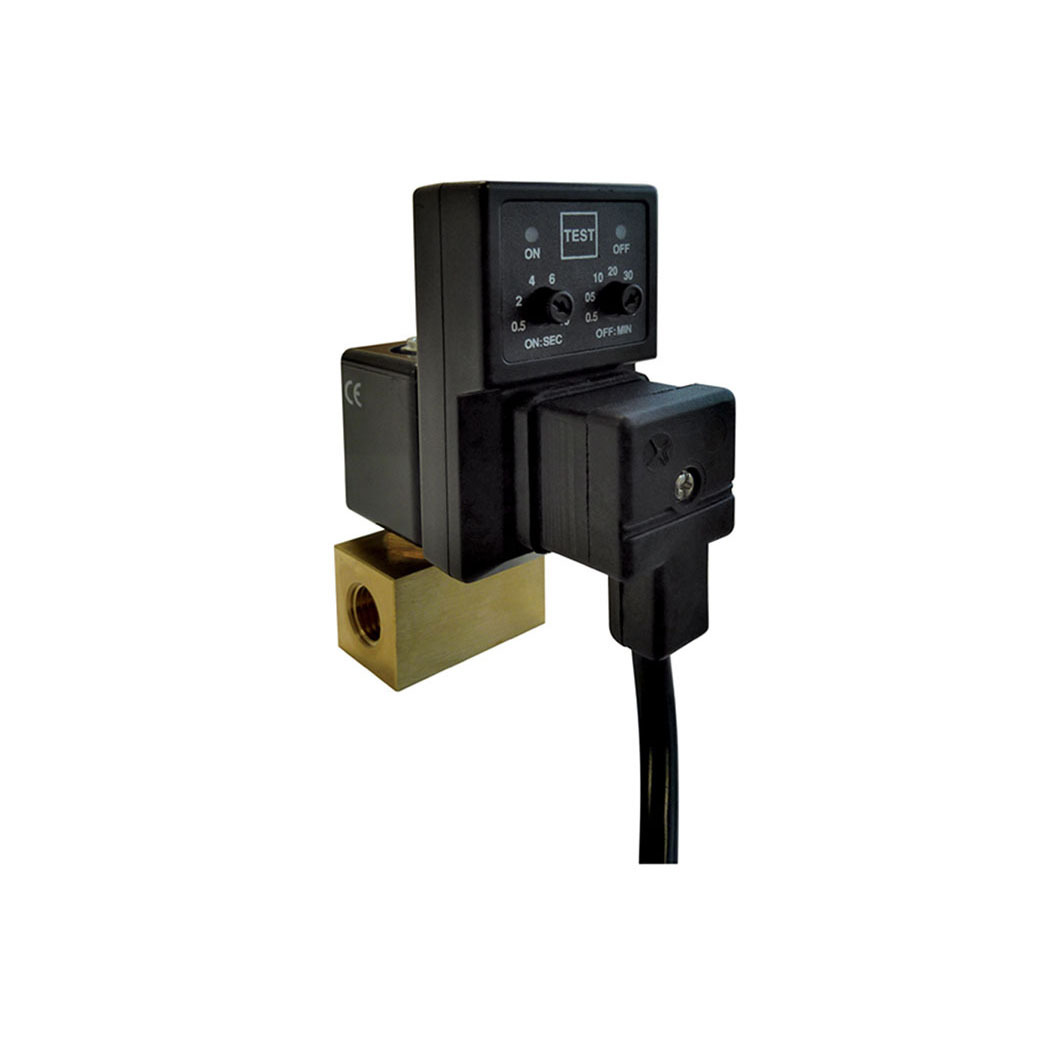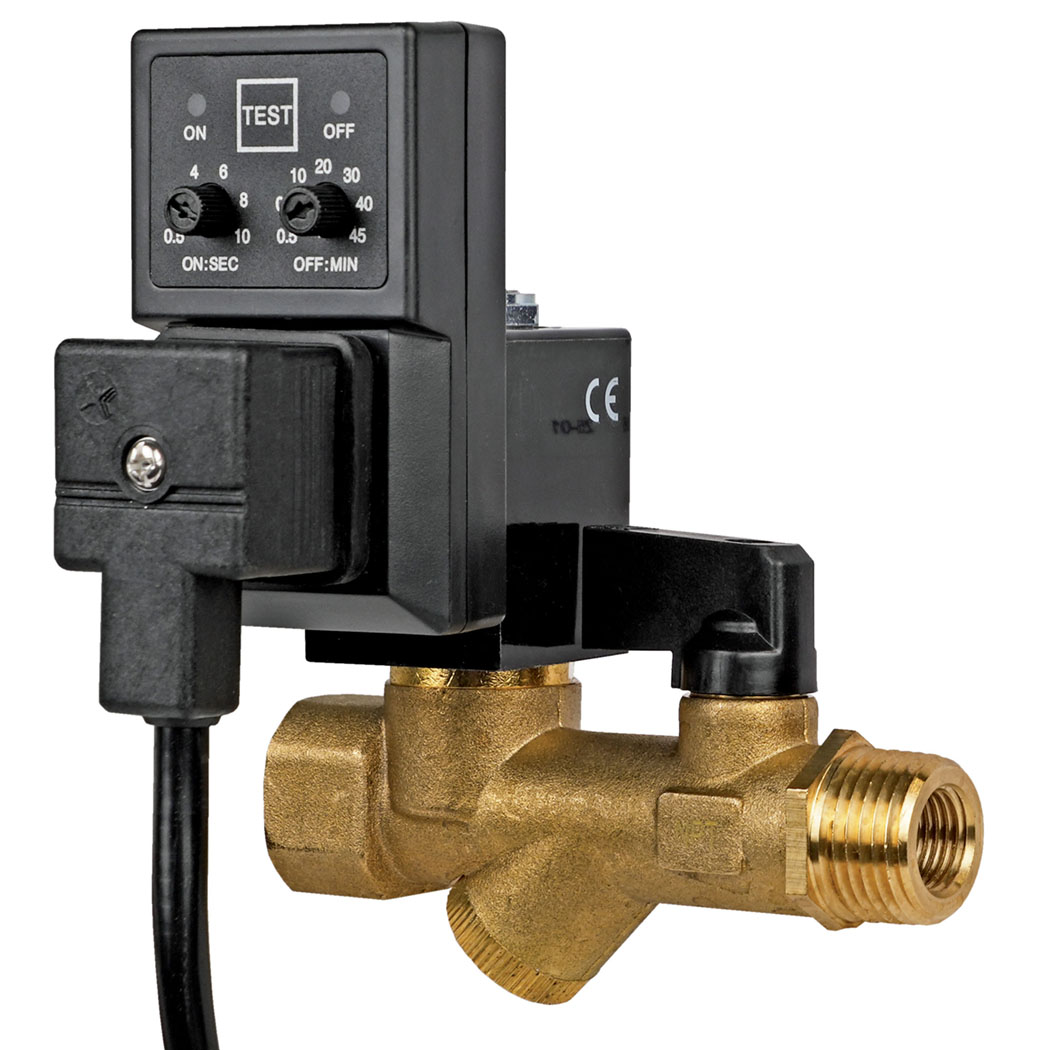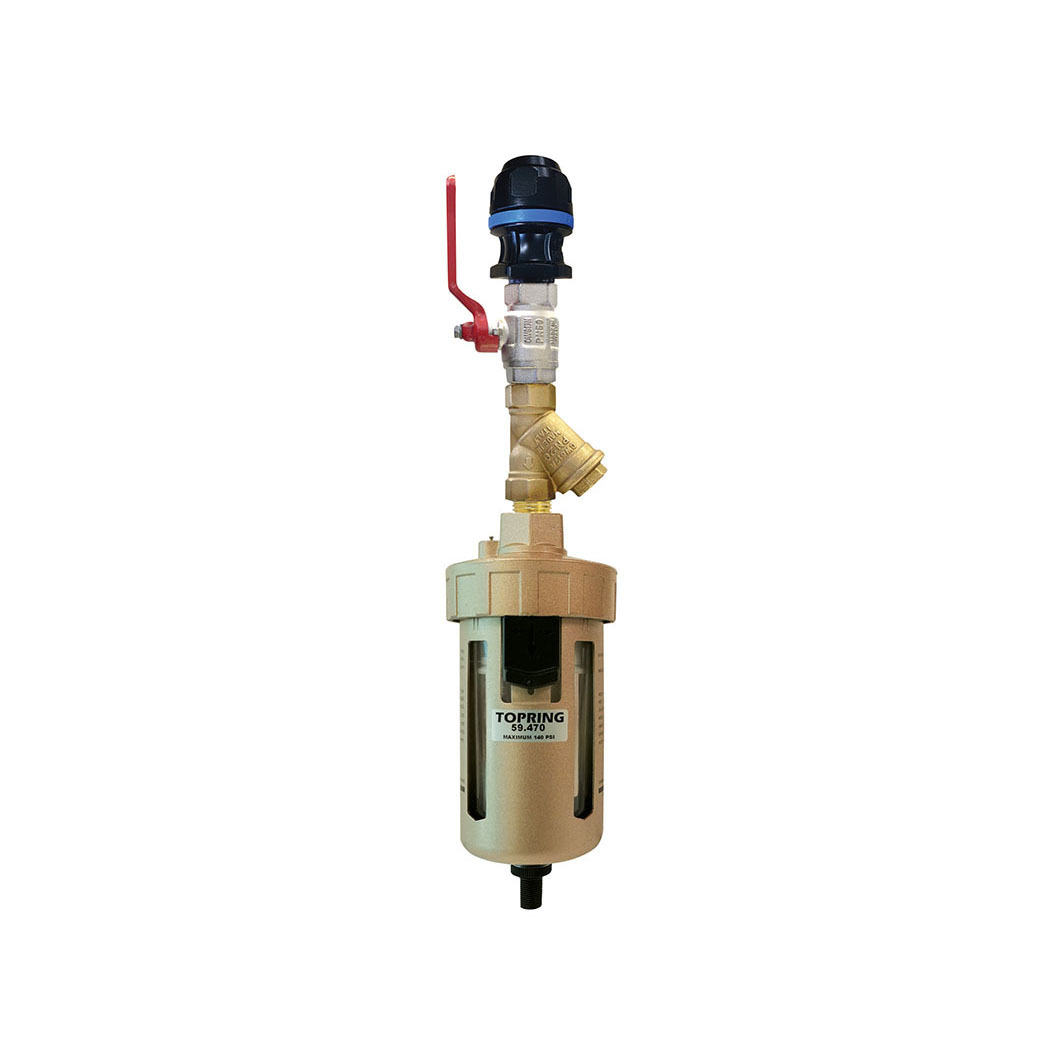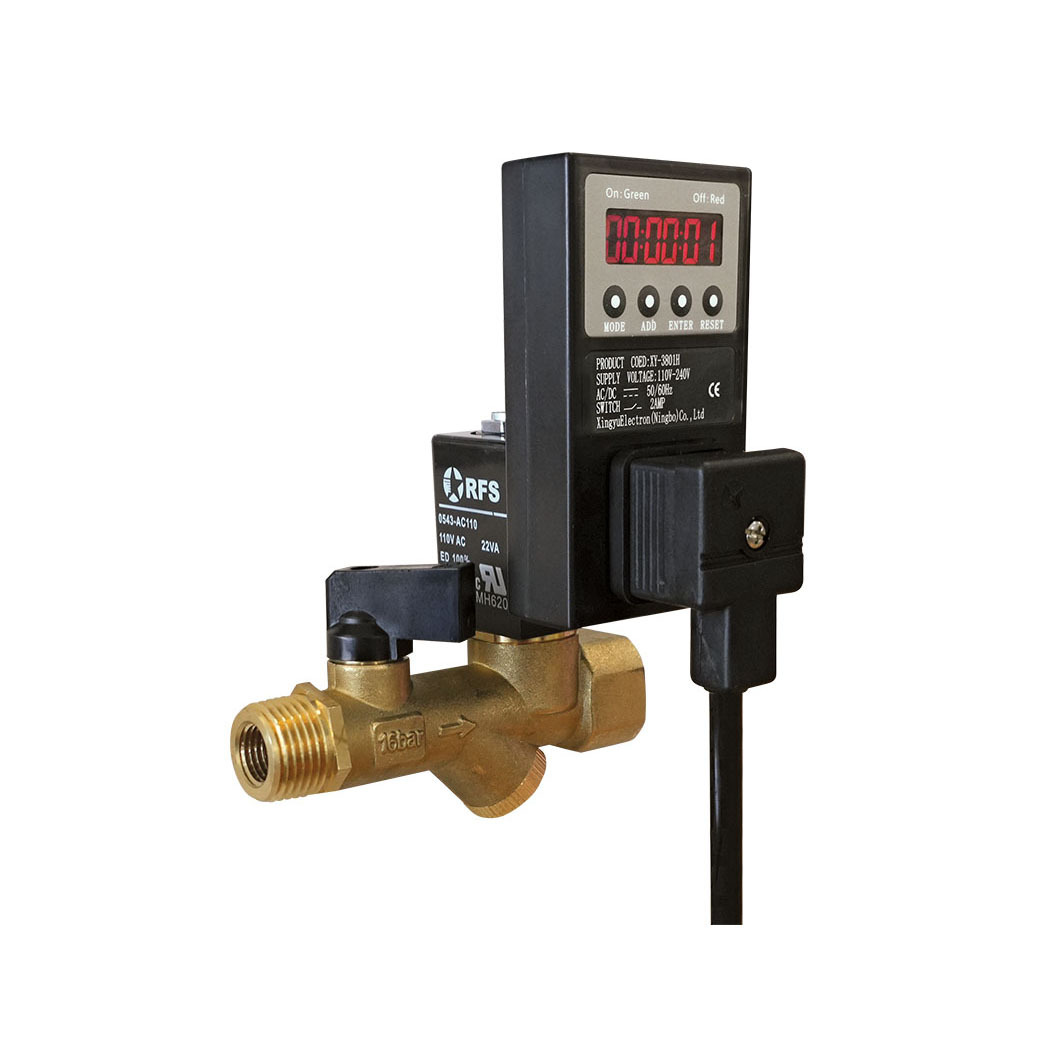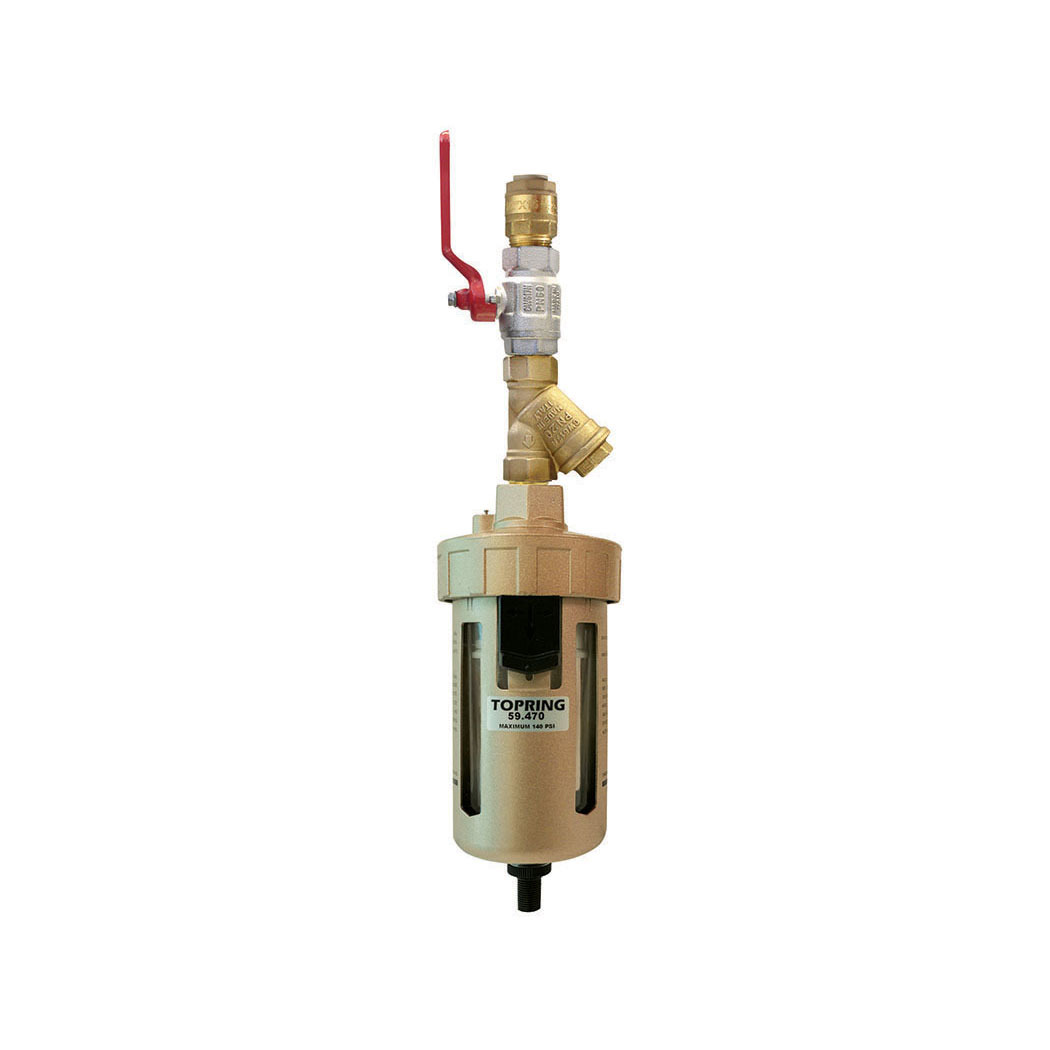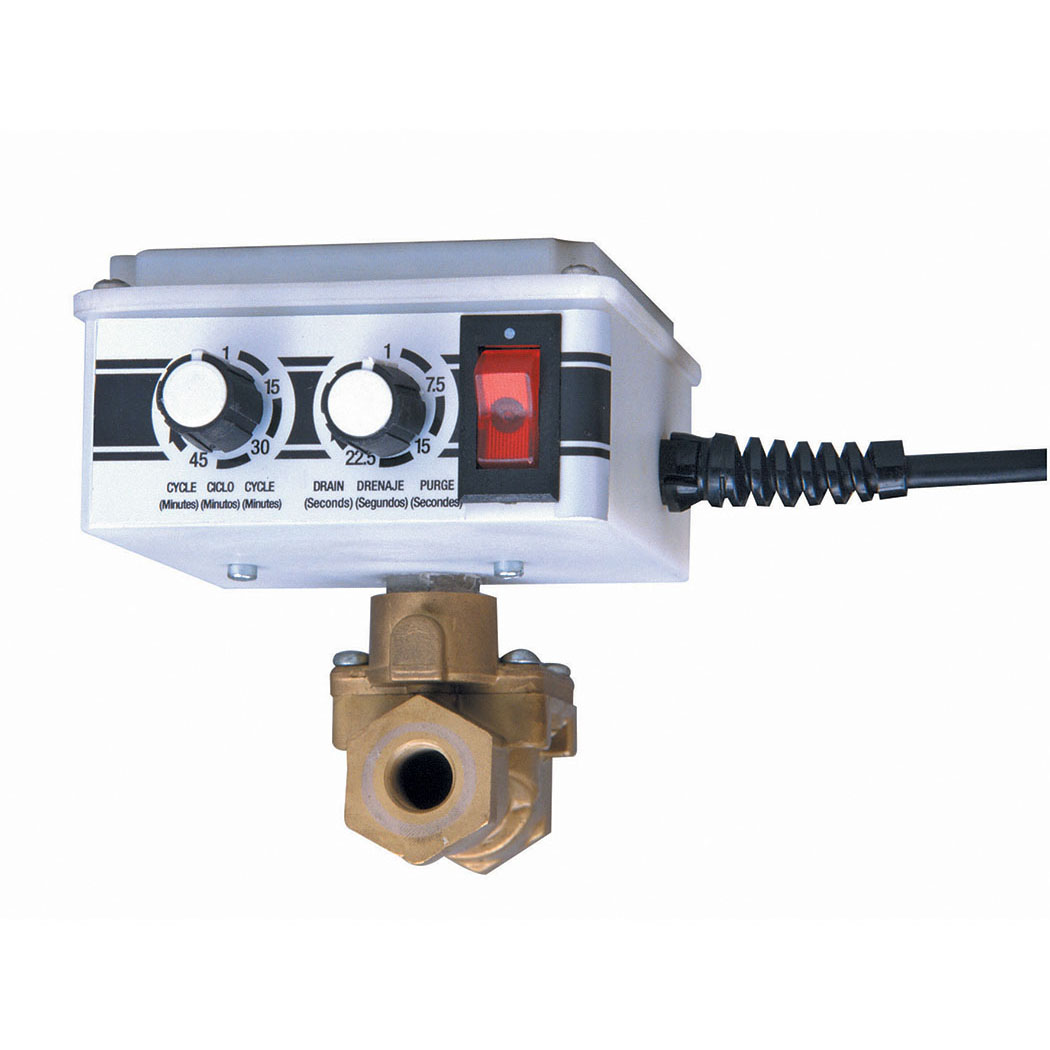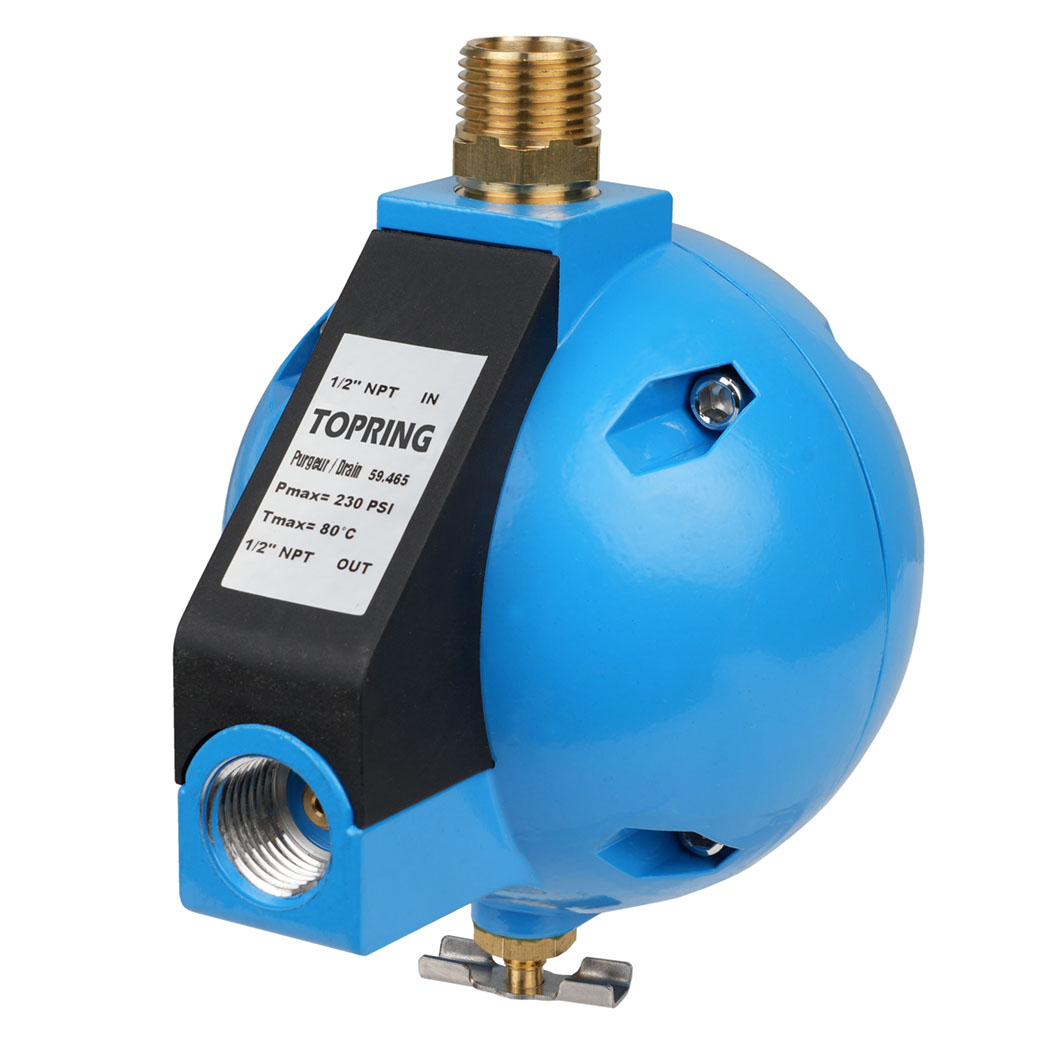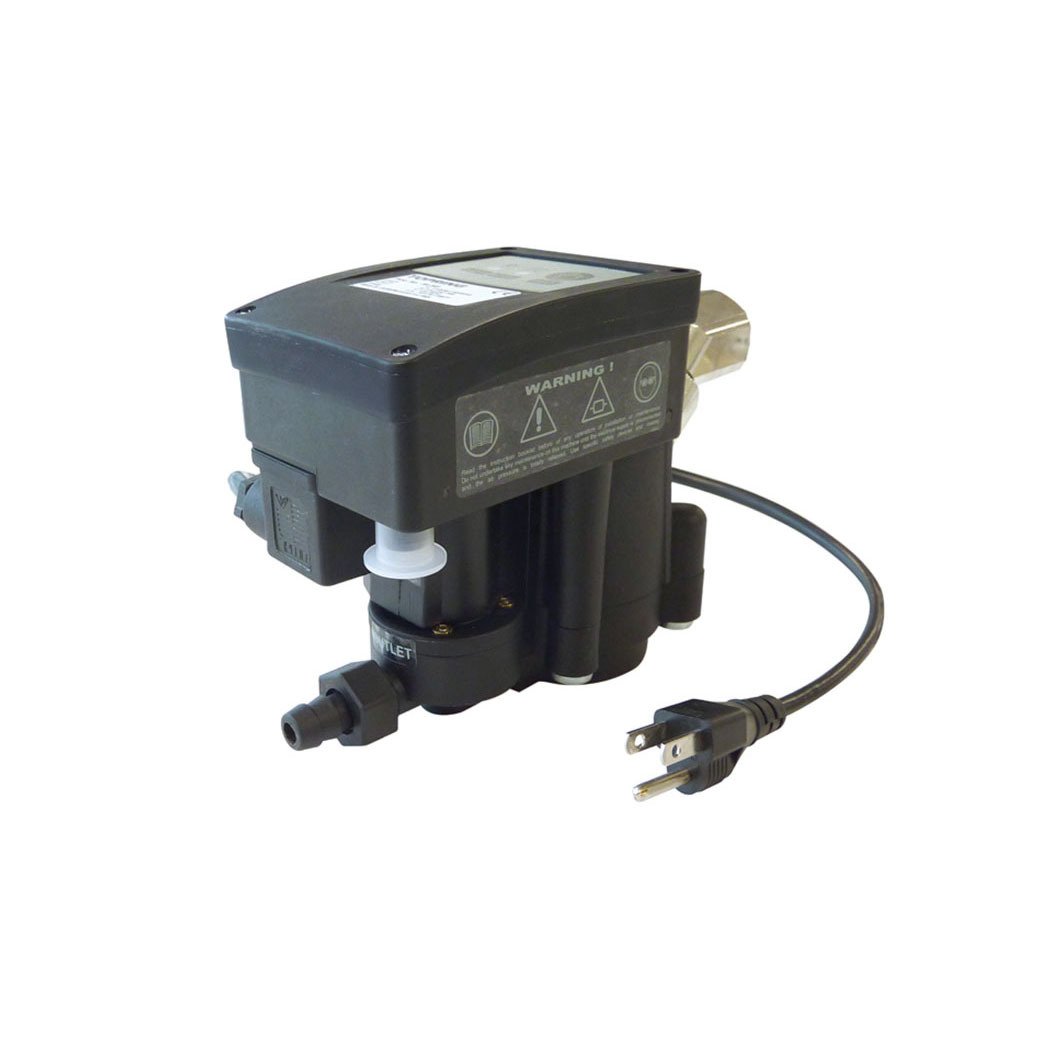Condensate Drains
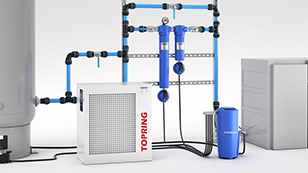
- …
Choosing the Right Drain for Efficient Condensate Management
Because condensate is always present in compressed air piping, condensate drains are among the most essential components you can add to your system. Drains should be installed at the compressor aftercooler, the air tank, water separators and filters, refrigerant air dryers, and at the end of each drop or point of use.
Understanding the different types can help you make informed decisions tailored to your specific needs:
Zero Air Loss Drains:
One of the defining features of a zero-air-loss drain is that it has the lowest operating cost and is the most energy-efficient of all drain types because it discharges condensate without releasing any compressed air. Unlike traditional drains that rely on compressed air pressure to expel condensate, zero-air-loss drains utilize a solenoid valve or similar mechanism to control condensate flow. The condensate detection is automatic, which means it is the safest drain and runs no risk of programming errors. This type of drain is perfect for a compressor room.
- They are suited for rapid condensate buildup in high-volume compressed air systems.
- It is ideal for critical applications and industries prioritizing energy efficiency or sensitive processes.
- Ensures frequent drainage without wasting compressed air.
Programmable Drains:
Ideal for applications where condensate discharge occurs at predetermined intervals, programmable drains offer simplicity and reliability. These drains allow users to set customized intervals for automatic discharge, minimizing manual intervention and maximizing efficiency. They are ideal for use in environments with relatively stable humidity levels.
- Effective for systems with moderate to high condensate production.
- It is ideal for planned condensate discharge intervals, such as during scheduled maintenance or downtime.
- Offers flexibility in setting discharge schedules based on system demand.
Mechanical Drains:
Simple yet effective, mechanical drains offer a cost-effective and versatile solution for condensate removal. These drains operate based on mechanical principles, utilizing floats or other mechanisms to detect and discharge condensate as needed. With robust construction, high resistance to corrosion, and minimal maintenance requirements, mechanical drains are suitable for a wide range of applications. Unlike zero-loss and programmable drains, they require no power supply in
- Remote or Harsh Environments, such as those with electronic vulnerability or limited power
- It is ideal for general industrial applications with low condensate production and less strict air loss criteria.
- Suitable for downspouts lacking power supply.


